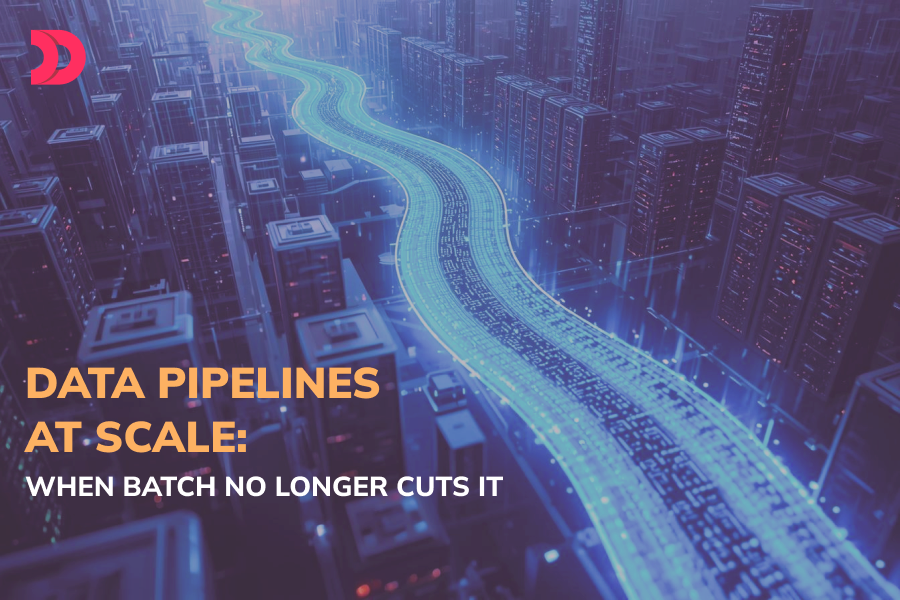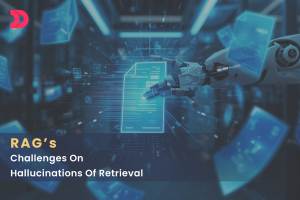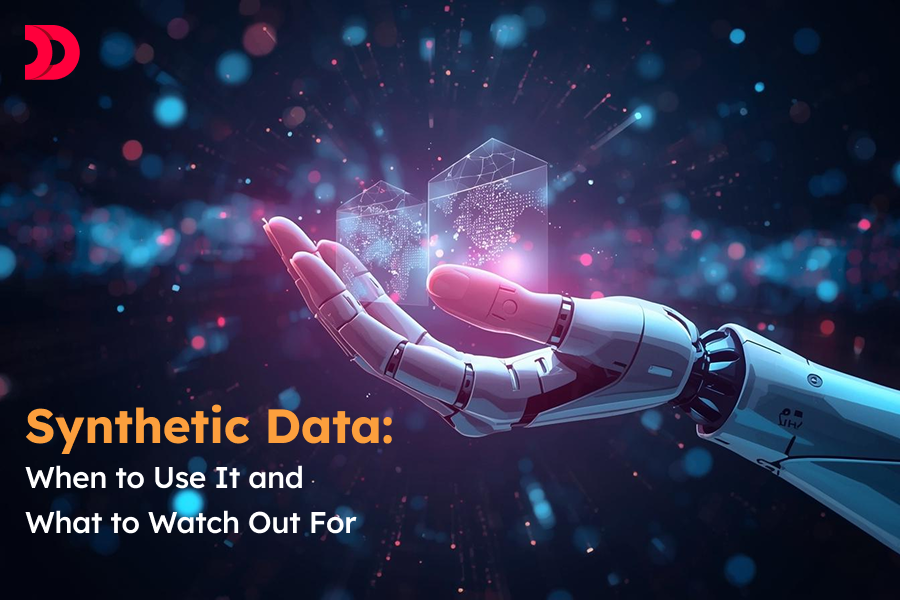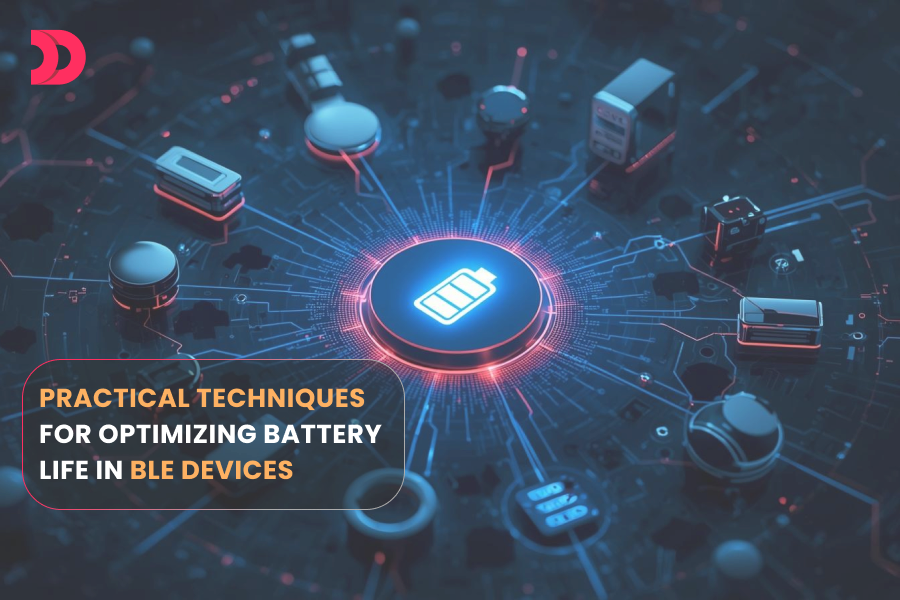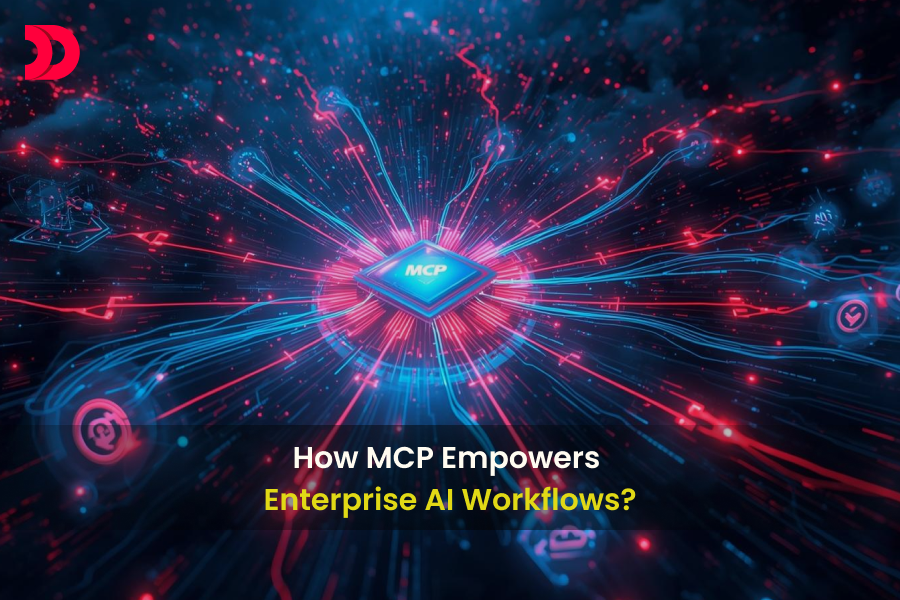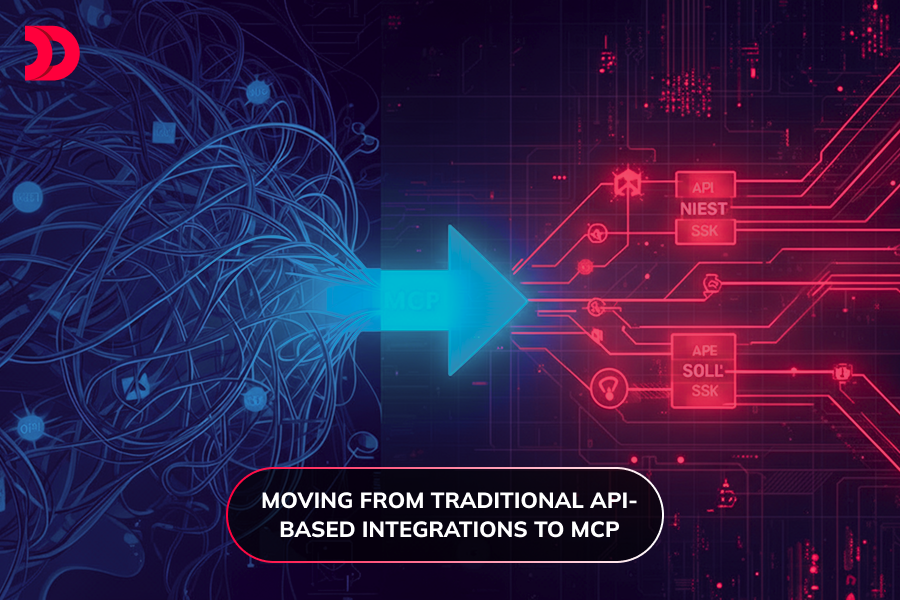Gone are the days when daily reports on sales figures were sufficient to make strategic decisions. Today, the massive amount of data generated by mobile devices, connected devices, and continuous user interactions has brought about a paradigm shift. With every passing second, critical data is losing its potency. This can prevent companies from taking real-time business action.
Sluggish analytics infrastructure, delayed fraud detection, and scaling failures are among the challenges of traditional batch processing. Therefore, advanced, responsive architecture is essential. Streaming and event-driven pipelines are such options to address these challenges effectively. This blog talks about scalable data pipelines and best practices to implement them successfully in modern enterprises. Let’s start with understanding data pipelines.
Overview of Data Pipelines
In simple terms, a data pipeline is a core architecture responsible for moving data from one or more sources to a consumption destination reliably. It executes three primary stages: ingestion (collection of raw data), transformation (cleaning and structuring of data), and storage/serving (placing the processed data into a database). Data pipelines have two types based on the method and time of data processing.
Batch pipelines operate on predefined, bounded data accumulated over time. Streaming pipelines, on the other hand, operate on an infinite, continuous flow of data. Batch pipelines operate at a specific time as per the set frequency in a day, whereas streaming pipelines process individual events after creation. In a way, streaming pipelines ensure the lowest possible latency.
Why Batch Processing Fails at Scale
While batch processing is a robust method, it fails in handling data with massive volume and velocity. This happens because of three issues:
The batch pipeline method leads to data latency. As data sets grow, processing cycles increase from minutes to hours. In other words, critical dashboards, ML models, and customer-centric applications operate on stale data, hours behind real-time events. Moreover, a failure in a massive batch job requires restarting the entire process. It results in significant downtime.
Modern businesses generate petabytes of data every day, which makes it a perishable asset. For example, use cases like fraud detection and dynamic pricing need quick action. However, the batch system that delivers data every four hours remains useless in these scenarios. So, near-zero data freshness is one of the biggest challenges for batch processing.
- Infrastructure Inefficiencies
Scaling batch pipelines to handle data during peak times is extremely costly. These systems need massive, temporary spikes in computing power to process a huge amount of data. But then, for the remaining part of the day, this expensive infrastructure remains idle and underutilized. This is another liability for modern businesses.
Companies have started adopting modern approaches to address the challenges of batch processing at a large scale. Let’s dig in.
Modern Approaches- Streaming and Event-Driven Pipelines
It is essential to shift from a data-at-rest mindset to a data-in-motion one to get rid of challenges related to batch processing. Streaming and event-driven architectures can help companies achieve this objective. Here are the key frameworks useful for modern approaches.
The modern data processing architecture relies on specialized tools to process data flow continuously. The foundational or core layer is an Event Streaming Platform, like Apache Kafka. It acts as a highly scalable, fault-tolerant commit log that separates data producers from consumers. It ensures that every piece of data or event is available immediately.
However, processing this continuous system needs powerful processors. Apache Flink is such a dedicated stream processor with low latency and high throughput. It has a robust ability to maintain state across time windows. Another option is Apache Spark Structured Streaming. It offers a unified engine, enabling developers to write stream processing logic using the same APIs used for batch. It simplifies the codebase but runs on micro-batches rather than event-by-event processing.
Let’s understand how this advanced architecture works for real-time systems. A typical scalable pipeline starts with data sources like sensor readings or website clicks. These data sources publish events directly to Kafka Topics. Then, a dedicated processing application, built by Apache Flink or Apache Spark, consumes these events.
The application performs crucial transformations in data and calculates metrics. The final, processed throughput is then written instantly to a high-speed data store, like a NoSQL database. It directly serves the application layer. The entire process is designed in a way to ensure that businesses can get mere milliseconds of old data for making decisions.
This scalable architecture can handle increasing data velocity without issues simply by adding more consumption partitions or processing nodes. However, it is essential to consult a reputable data services provider to get these pipelines by following the best practices.
Best Practices for Designing Scalable Pipelines
Building an event-driven data pipeline capable of handling petabyte-scale data requires careful execution and proper selection of a streaming engine. Here, we mention the best practices consisting of partitioning, fault tolerance, and monitoring.
Effective partitioning plays a crucial role in distributing the workload effectively and achieving horizontal scalability. Companies need to ensure that data is spread across multiple topics or queues based on logical keys, like user ID and device ID. Moreover, related events must process together, and no partition should become a bottleneck during the process.
Another essential factor is fault tolerance. Modern data pipelines can achieve this characteristic by ensuring message durability and processor state management. It enables jobs to restart without losing processed throughput. Apart from these factors, companies should make sure that end-to-end monitoring tracks resource usage and critical metrics, like data latency. All these best practices contribute to maintaining the consistency of data processing.
Future Trends in Data Pipelines
As the importance of data continues to rise, the evolution of architecture will remain in focus. The immediate future trend for data pipelines is a hybrid model combining batch and stream processing. Here, the Kappa Architecture simplifies systems by treating both historical and real-time data as continuous streams.
Data Mesh is another concept to watch. As a decentralized approach, it treats data as a product owned by domain teams. It enables individual teams to build and scale their pipelines. The future trends of scalable data pipelines will depend largely on these concepts.
Concluding Remarks
Traditional batch processing has many limitations that make it incapable of meeting the massive scale and speed of data flow. Organizations may lose the value of data due to sluggish processing, leading to stale insights and escalating infrastructure costs. It is, therefore, necessary for companies to leverage robust tools like Kafka and Flink for event-based processing. This can enable them to unlock the true potential of data in motion.
FAQ's
Frequently Asked Questions
Batch pipelines process a finite set of data that has been collected over time as per the schedule. Streaming pipelines process continuous and unbounded stripes of data as soon as it arrive.
You should move from batch to real-time processing when the delays in data processing can cause significant financial loss or compromise critical operational integrity, like fraud detection.
Apache Kafka, the Apache Flink processor, and Apache Spark Structured Streaming are advanced and the best tools for large-scale data pipelines.


 Nov 18, 2025
Nov 18, 2025  4 Views
4 Views
